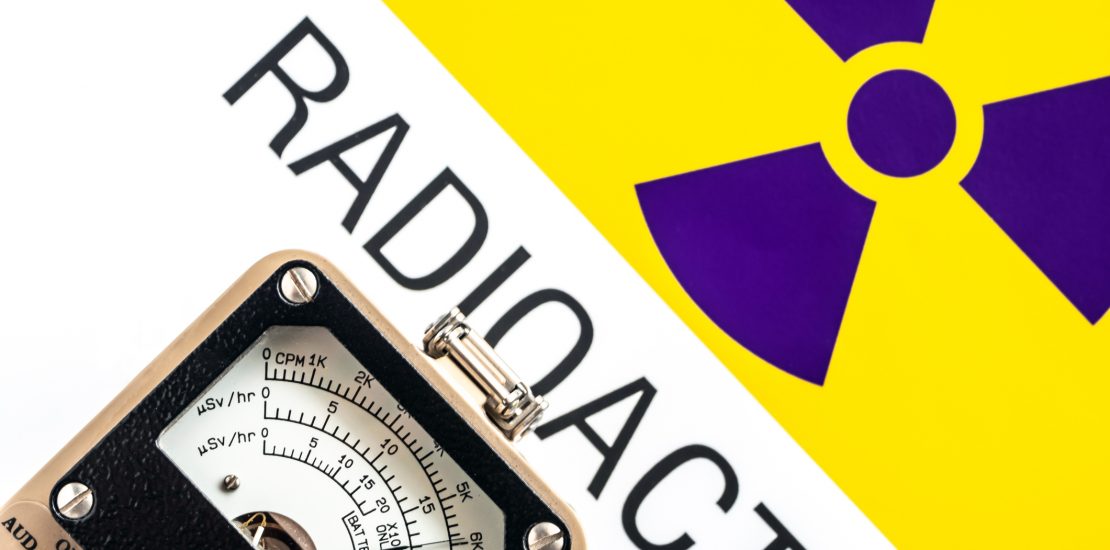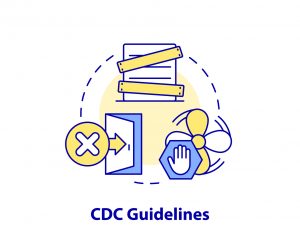Workplace Exposure Monitoring Solutions-Radiation Safety Surveys, Audits & Technical Guidance
- October 30, 2023
- Posted by: Velosi Author
- Categories: HSE, Insights

Introduction
Radiation Safety Surveys, Audits & Technical Guidance plays an important role as radiation is considered to be very harmful in Workplace Exposure Monitoring Solutions. It is used as death-causing weapons like atomic bombs and power plants to make hazardous materials. However, these associations are now just fatal, as radiation plays an important role in our lives. Thus, we can say that its safety is crucial and it depends on how you use such natural forces. Therefore, it is crucial to discuss hazardous factors for exposure monitoring solutions at the workplace.
Radiation Safety Surveys: Uncovering the Invisible Threat:
Radiations act as an invisible threat to any workplace that can easily ruin a whole project. Radiation safety surveys are comprehensive assessments conducted to discover the potential sources of radiation production at any workplace to simply mitigate them.
Three Basic Principles of Radiation Safety
The Centers for Disease Control (CDC) has outlined three basic principles of radiation safety:
Time, Distance, and Shielding
- Time: This principle refers to the duration of exposure to radiation. The rule encourages less time spent near the source of radiation, the lower the dose of radiation received.
- Distance: The second principle involves maintaining as much distance as possible from the source of radiation. Radiation intensity decreases significantly with increased distance from the source. Therefore, keeping a safe distance can greatly reduce radiation exposure.
- Shielding: The third principle refers to using appropriate shielding materials between you and the radiation source. Different types of radiation require different shielding materials. For instance, lead is commonly used as a shield against gamma rays and X-rays.
These principles serve as a significant factor during safety protocols in environments that handle radioactive substances or radiation. The primary objective is to curtail radiation exposure and manage the quantity of radioactive substances in the surroundings to uphold safety in the workplace. Compliance with these principles is crucial for preserving a secure work setting for individuals from the detrimental impacts of radiation.
Radiation contamination can pose significant health risks. Therefore, conducting a survey for radiation contamination is crucial in environments where radiation exposure is possible. The following are important steps to perform such a survey:
- Inspect the Equipment
Initially, inspect all the equipment you will be using. This includes radiation detection devices like a Geiger-Muller counter or a scintillation detector. Ensure that these devices are in good working condition and are calibrated correctly.
- Perform Battery Check
Check the batteries of your equipment to ensure they have enough power for the duration of the survey. A device running out of power in the middle of a survey can lead to inaccurate results.
- Conduct a Source – Operational Check
Perform an operational check to ensure that your equipment is functioning correctly. This usually involves exposing the device to a known source of radiation and confirming that it detects this source accurately.
- Conduct a Thorough Background Reading
Before you start the survey, conduct a background reading in an area that you know is free from contamination. This will give a baseline against comparing readings.
- Conduct the Survey
Start by scanning the area systematically, moving the detector slowly over surfaces while watching the readout on your device. Pay special attention to corners, cracks, and crevices where radioactive material might accumulate.
Remember, safety should be a top priority when conducting a radiation contamination survey. Appropriate protective equipment shall be established for safety protocols.
Major Equipment Used in The Surveys of Removing or Detecting Radiations in The Modern Era
- Geiger-Muller Counter
- Provides immediate detection of radiation sources
- Enables quick localization and identification of hazards
- Dosimeter
- Monitors individual exposure over time
- Helps ensure compliance with dose limits for personnel
- Scintillation Detector
- Provides precise measurements in various environments
- Detects low levels of radiation with high accuracy
- Ionization Chamber
- Offers accurate dose measurements for quality assurance
- Used in medical and industrial applications
- Survey Meter
- Provides real-time radiation level data
- Useful for general radiation monitoring and mapping
Audits: Ensuring Compliance & Accountability
Audits with regard to Workplace Exposure Monitoring Solutions play a crucial role in ensuring the proper following of the conditions and standards of the planned project. Moreover, audits are used in any project to make proper guidelines on how and when a radioactive material is used without harming the environment.
The following key points are important functions played by the Audits in Workplace Exposure monitoring solutions.
- Verification of Procedures: Auditors review and verify that radiation safety procedures are being followed correctly by personnel.
- Accountability: The auditor makes a proper safe environment for the workers in the facility by reducing radiation exposure.
- Identification of Weaknesses: Audits help identify weaknesses or gaps in radiation safety programs, procedures, and practices.
- Management: Audits are allowed to make a proper team under their vision for a planned project to make sure all their team members are familiar with radiation exposures. This helps them to detect radiation problems quickly to save everyone.
- Equipment Inspection: Physical inspections of radiation monitoring equipment and protective measures are conducted to ensure they are in good working condition.
- Emergency Preparedness: Audits assess an organization’s readiness to respond to radiation incidents through the examination of emergency response plans and procedures.
- Training: Last but not least, all members of the facility are trained by Audits to prevent all radiation problems. This keeps them safe and enhances their working capacity.
Technical Guidance: Navigating the Complexities
Technical Guidance helps organizations and business projects to establish effective radiation safety programs with the most necessary information. This information is not local as it comes from either one of these biggest radiation dealing programs worldwide.
- International Atomic Energy Agency (IAEA)
- Health Physics Society (HPS)
This type of technical guidance covers factors like radiation monitoring, dose assessment, protective measures, and emergency response procedures. Moreover, it also covers the basic instructions with proper scientific research to reduce such harmful radiation. Thus, ensuring that radiation safety practices remain up to date and effective.
Steps in Workplace Exposure Monitoring Solutions:
The following are important factors that complete workplace exposure Monitoring solutions. These will assist in preventing harmful radiation.
“Empowering Radiation Safety: The Path Forward”
To conclude, Radiation and planned projects awareness is the key to a sustainable future under Radiation Safety Surveys Audits & Technical Guidance. These complexities of having safety surveys, proper audits, and making lists for technical solutions shall be kept in mind, through which leading organizations can achieve business productivity.
“Radiation Safety: Instructing the Future, One Safe Step at a Time.”
Please contact us for more information and assistance.




